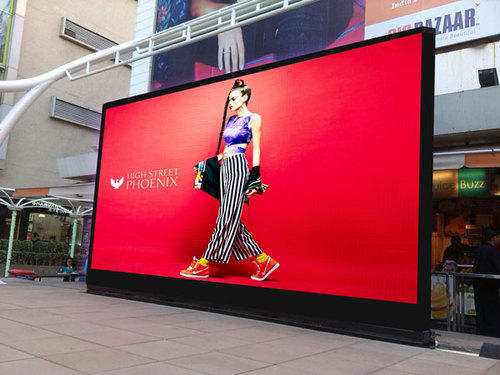The Short Guide to Video Walls
By Scott Brown
The market for video walls is growing and is expected to grow over the next few years. The demand for DOOH is growing across urban centers of the world, and this is having a beneficial effect on the demand for video walls. Improvements in technology, such as very narrow bezels are opening up newer opportunities for using video walls.
A video wall is basically a kind of digital signage that uses many LCD and LED panels or even computer monitors and projection screens to make one gigantic screen. In terms of size, a video wall is at one end of the spectrum, whereas VODXS faucet ad systems are at the other. Combining both can give your business the edge because you can reach out to a mass audience as well as individuals.
Video walls can be remotely managed and have content options that make them a great idea for businesses considering DOOH. These businesses include retail stores, hospitality locations, outdoors, stadiums, concert venues, railway stations, bus stands, and government offices.
If you wish to install a large-scale display but do not wish to invest in a single screen then video walls are a natural choice. Large screens, apart from being very expensive also fail to offer the same clarity and sharpness that you can get with a video wall.
Video walls, supported by appropriate hardware, can be built into almost any size and take any shape. A video wall processor apportions the right content to the chosen screen at any point in time. Choose a processor that will be able to handle the number of screens you have in mind, presently and for the future.
When choosing screens, select those that result in small mullions. A mullion is the gap between the display area of screens. Smaller bezels lead to smaller mullions and a more seamless display.
Common uses of video walls include –
- Full-screens – The most common use of digital screens for video walls, it lets you create arresting visuals of graphics and videos. These are placed in lobbies of hotels, airports, and at malls.
- Information – You can display a lot of information, easily readable from afar. You can notice examples of these at airports, manufacturing units, and corporate offices.
- Immersive – The size of video walls makes them an ideal choice for providing an immersive experience to viewers via embedded touch points.
- Social media – Display content from different social media accounts. Let viewers choose the account they wish to follow for receiving updates. The information displayed on such accounts can easily boost online and in-store sales.

